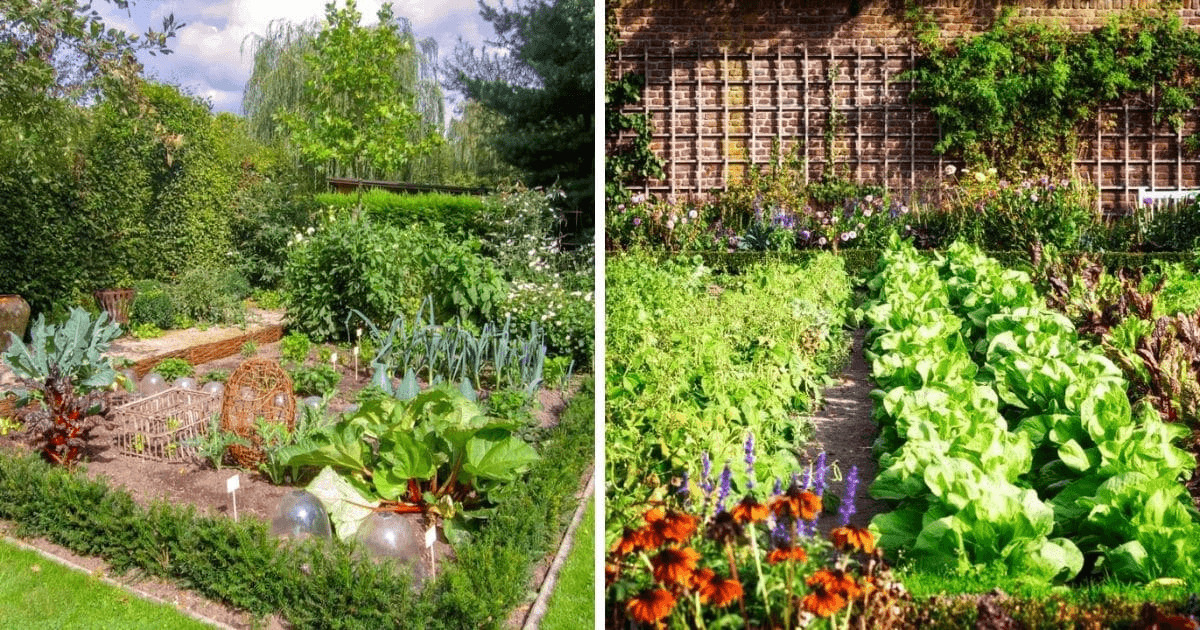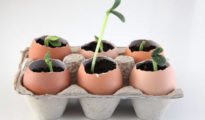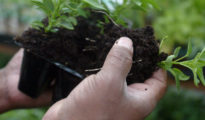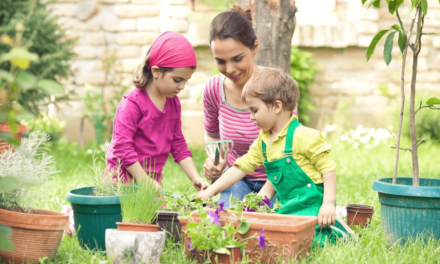Edible landscaping is an innovative way to turn your yard or garden into a beautiful and functional space that produces fresh, healthy food. Rather than traditional lawns and ornamental plants, edible landscaping utilizes a mix of fruits, vegetables, herbs, and flowers that are both aesthetically pleasing and edible. This practice is gaining popularity as people become more interested in growing their own food and reducing their carbon footprint. In this blog post, we will explore the benefits of edible landscaping, different types of edible plants that can be used, and some tips for creating your own edible landscape.
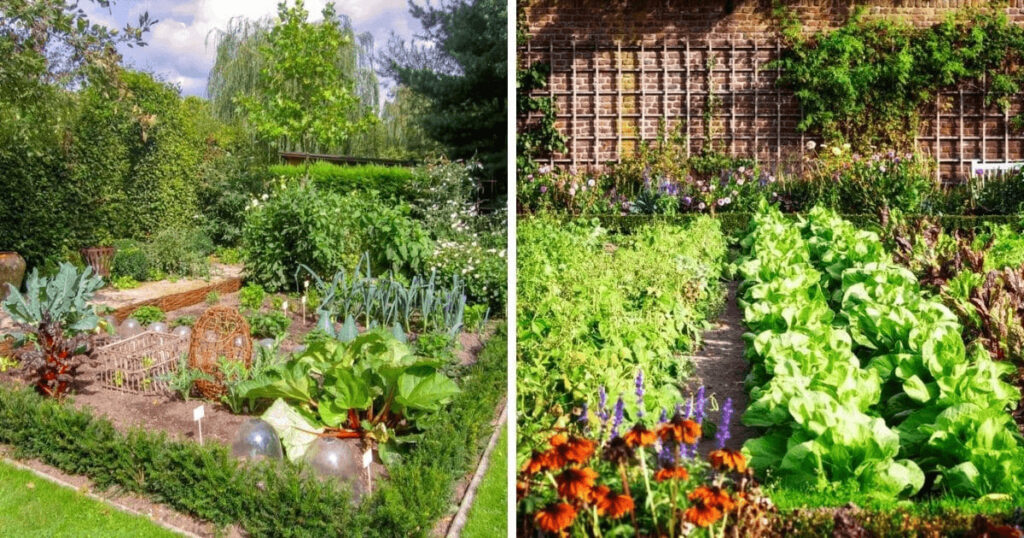
The Benefits of Edible Landscaping
Edible landscaping offers many benefits, both for the environment and for individuals. Here are a few of the most important benefits:
- Environmental Benefits
Traditional lawns require a lot of water, fertilizer, and maintenance to keep them looking healthy and green. Edible landscapes, on the other hand, are more sustainable and environmentally friendly. They require less water, fertilizer, and pesticides, and they produce food that doesn't have to be shipped from far away, reducing carbon emissions.
- Health Benefits
One of the most significant benefits of edible landscaping is that it promotes a healthier lifestyle. When you grow your own food, you have control over what goes into it, including pesticides and fertilizers. You can choose to grow organic produce, which is healthier for both you and the environment.
- Cost Savings
Another benefit of edible landscaping is that it can save you money on groceries. You can grow fruits, vegetables, and herbs that are expensive to buy at the grocery store, such as heirloom tomatoes or fresh herbs. Plus, you don't have to worry about the cost of transportation and packaging.
- Aesthetic Appeal
Finally, edible landscaping is beautiful. With a mix of plants that produce food and flowers that attract pollinators, you can create a stunning landscape that is both functional and pleasing to the eye.
Types of Edible Plants
When it comes to edible landscaping, the possibilities are endless. Here are some types of edible plants that you might consider incorporating into your landscape:
- Fruits
Fruit trees are a popular choice for edible landscaping. Apples, peaches, pears, and plums are all great options for a fruit tree. You can also consider berry bushes such as blueberries, raspberries, and blackberries. These fruits can be eaten fresh or used in jams, pies, and other desserts.
- Vegetables
There are many vegetables that can be grown in a landscape, including lettuce, kale, spinach, and other leafy greens. Tomatoes, peppers, and eggplants are also popular choices. Root vegetables like carrots, beets, and radishes can be grown in raised beds or containers.
- Herbs
Herbs are a great addition to any edible landscape. They add flavor to dishes and can be used for medicinal purposes. Some popular herbs for landscaping include basil, oregano, thyme, and rosemary.
- Edible Flowers
Edible flowers not only add beauty to a landscape, but they can also be used in cooking. Some popular edible flowers include nasturtiums, calendula, and lavender.
Tips for Creating an Edible Landscape
Creating an edible landscape can be a fun and rewarding experience. Here are some tips to help you get started:
- Plan Your Space
Before you start planting, it's essential to plan your space. Consider the amount of sunlight your yard gets, the size of your space, and the types of plants you want to grow. You might also want to consider incorporating raised beds or containers to make it easier to grow certain types of plants.
- Choose the Right Plants
Choosing the right plants is crucial for a successful edible landscape.
Consider the climate and growing conditions in your area, as well as the amount of maintenance required for each plant. Make sure you choose plants that will thrive in your yard and that you will actually use in your cooking.
- Use Companion Planting
Companion planting is a technique where you plant different types of plants together that complement each other's growth and repel pests. For example, planting basil and tomatoes together can improve the flavor of the tomatoes and deter pests like aphids.
- Incorporate Hardscaping
Hardscaping elements like walkways, patios, and walls can add structure and interest to your landscape. Incorporating hardscaping can also make it easier to navigate your edible garden and create separate zones for different types of plants.
- Consider Seasonal Planting
To ensure a year-round harvest, consider planting different types of crops that thrive in different seasons. For example, plant cool-weather crops like lettuce and spinach in the spring and fall, and warm-weather crops like tomatoes and peppers in the summer.
- Make Sure to Water Properly
Proper watering is crucial for a successful edible landscape. Water your plants deeply and infrequently, rather than giving them frequent shallow waterings. This encourages deep root growth and helps the plants become more drought-tolerant.
- Maintain Your Landscape
Like any garden, edible landscapes require regular maintenance. This includes pruning, weeding, and fertilizing. Make sure you stay on top of these tasks to keep your garden healthy and productive.
Examples of Edible Landscaping
To give you an idea of what an edible landscape can look like, here are a few examples:
- Kitchen Garden
A kitchen garden is a classic example of edible landscaping. In this type of garden, vegetables and herbs are planted in a traditional garden layout, often in raised beds. This makes it easy to grow a variety of different plants and keep them organized.
- Fruit Tree Orchard
A fruit tree orchard is another example of edible landscaping. In this type of garden, fruit trees are planted in rows or a grid pattern, with enough space between each tree for good air circulation. Under the trees, ground covers like clover or grasses can be planted to prevent erosion and provide additional habitat for pollinators.
- Herb Spiral
An herb spiral is a unique type of edible landscape that is perfect for small spaces. This garden consists of a spiral-shaped raised bed with different types of herbs planted at different levels. This design allows for easy access to all of the herbs, as well as good drainage and air circulation.
Edible landscaping is a great way to create a beautiful and functional garden that produces fresh, healthy food. By incorporating a mix of fruits, vegetables, herbs, and flowers, you can create a sustainable landscape that benefits both you and the environment. With a little planning and maintenance, you can enjoy a year-round harvest of delicious, homegrown produce. So why not start planning your own edible landscape today?

